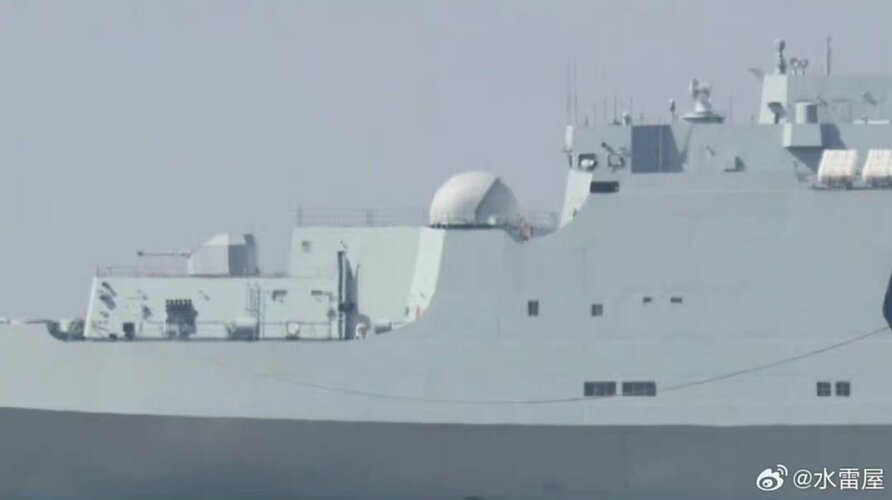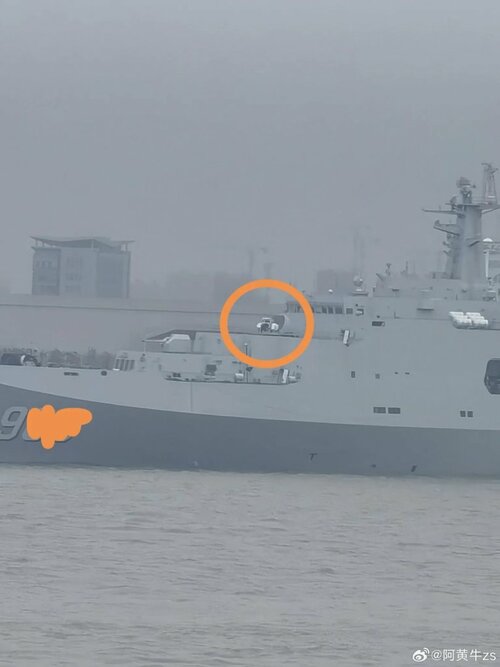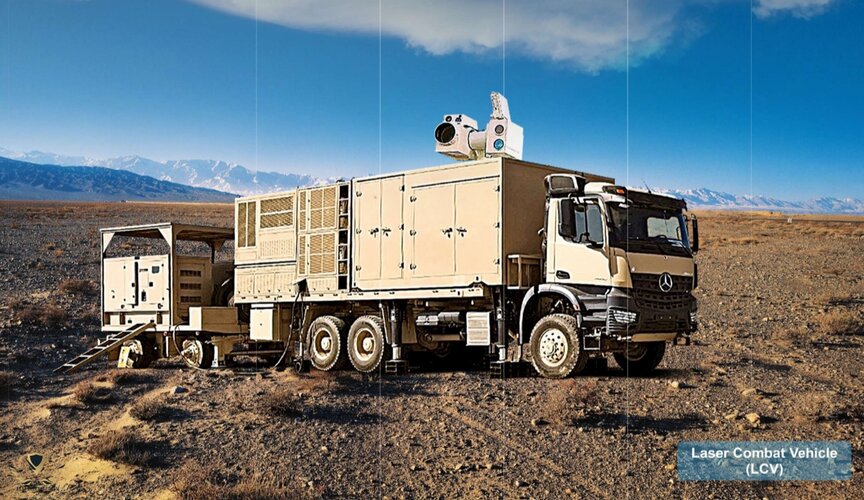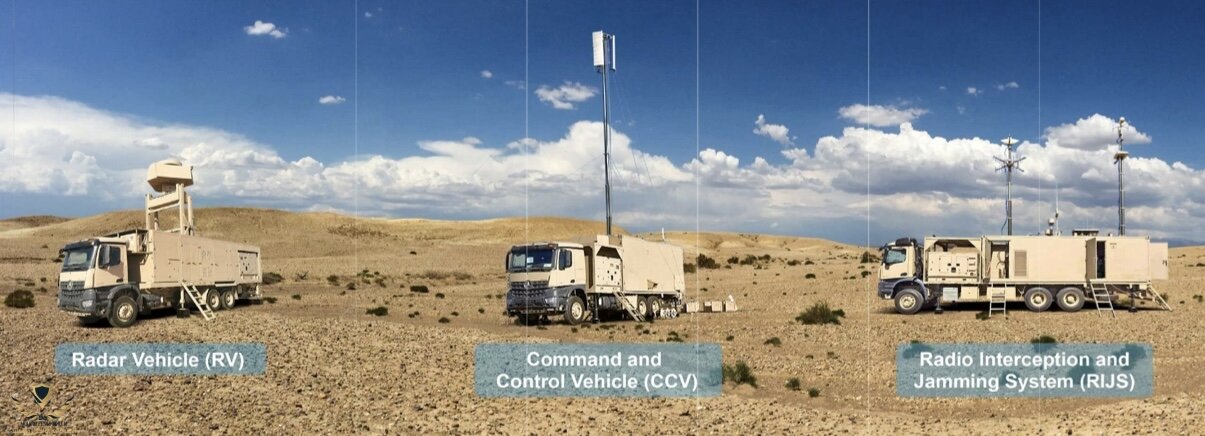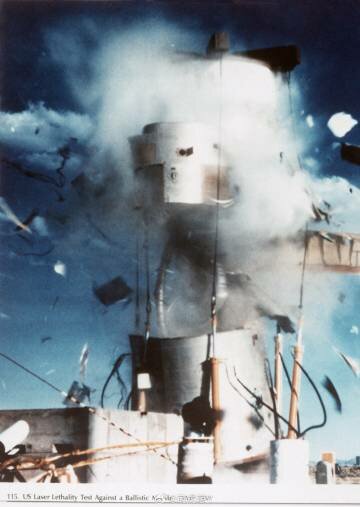"Army focusing on "fluence" (ideal beam director and beam forming getting the power down range?) their metric of energy delivered per unit, while zeroing in on in-theater maintainability."Breaking Defense "After CENTOM experiments, Army seeks more rugged counter-drone lasers to put on vehicles "August 13 - talking to Lt. Gen. Robert Rasch, the Director of Rapid Capabilities and Critical Technologies Office (RCCTO), and others
Looking for laser with capability to take out Group 1 to Group 3 UAS [<1320 lbs; <18,000 MSL (3.4 miles); 250 knots] with reliability and affordability, encountered challenges with the D M-SHORAD Stryker 50 kW under testing in CENTOM in the Middle East and planning a new competition and is encouraging the use of the JLTV platform with a competitive prototyping phase in fiscal 2025 before crowning an ultimate winner in FY26, if the Army can obtain funding.
Army focusing on "fluence" (ideal beam director and beam forming getting the power down range?) their metric of energy delivered per unit, while zeroing in on in-theater maintainability.
BlueHalo mentions a 20-to-30 KW laser will likely be the sweet spot for the competition and is working to design laser with more modular parts though for some components, like the optics says you still need a clean room, which presume a negative?
PS An oversight? Breaking Defense does not mention the Lockheed Martin and nLight offerings of their versions of D M-SHORAD
https://breakingdefense.com/2024/08...gged-counter-drone-lasers-to-put-on-vehicles/
Fluence is energy per unit area. In order to compute the fluence of the laser beam on the target, one needs to know the laser power at the target, the dwell time on the target, area of the laser spot on the target, and the laser irradiance profile across the laser spot on the target (e.g., Gaussian, flat top, etc.).
"BlueHalo mentions a 20-to-30 KW laser will likely be the sweet spot for the competition" That's probably because BlueHalo's P-HEL is 20 kW.
"PS An oversight? Breaking Defense does not mention the Lockheed Martin and nLight offerings of their versions of D M-SHORAD"
The article mentioned only one laser provider by name, BlueHalo and that was as the laser provider for P-HEL lasers.
The article states "When it comes to the competition field, a host of companies already competing in the directed energy space are expected to line up for a spot on the program. That list includes BlueHalo, which has delivered several P-HELs to the service."
The article does not mention by name any of the companies that have been competing to provide the laser for the DE M-SHORAD program, nor the prime contractor for the program.
The prime contractor for the program is Kord Technologies. Raytheon RTX supplied the lasers for the first prototypes.
nLight received a contract from Kord in December of 2023 to provide a laser for iteration 2 of DE M-SHORAD (see https://www.defenseandmunitions.com...GHT is serving as a,in support of this effort. ).
Northrop Grumman dropped out of the competition early, before the initial run-off trials against the Kord/Raytheon team at Ft. Sill in 2021, due to power and thermal management system issues with their prototype. Perhaps they will re-enter the fray again in this next round of the competition.
Lockheed Martin calls their 50-kW laser offering for DE M-SHORAD DEIMOS. DEIMOS achieved first light in January of 2023, but Lockheed Martin did not have their prototype ready for competition for DE M-SHORAD until March of 2024 (see https://frontline.asn.au/news/finally-the-us-armys-new-super-laser-weapon-is-ready-for-battle/ ). They will probably offer DEIMOS for this next round of the competition.
I haven't seen anything about Boeing's or General Atomics' laser offerings for DE M-SHORAD except for a mention of them without details in the article at https://www.photonics.com/Articles/nLIGHT_Awarded_345M_Defense_Contract/a69500 , which states "To date, companies including Lockheed Martin, Raytheon, Boeing, and General Atomics have produced laser prototypes under the DE M-SHORAD project."


